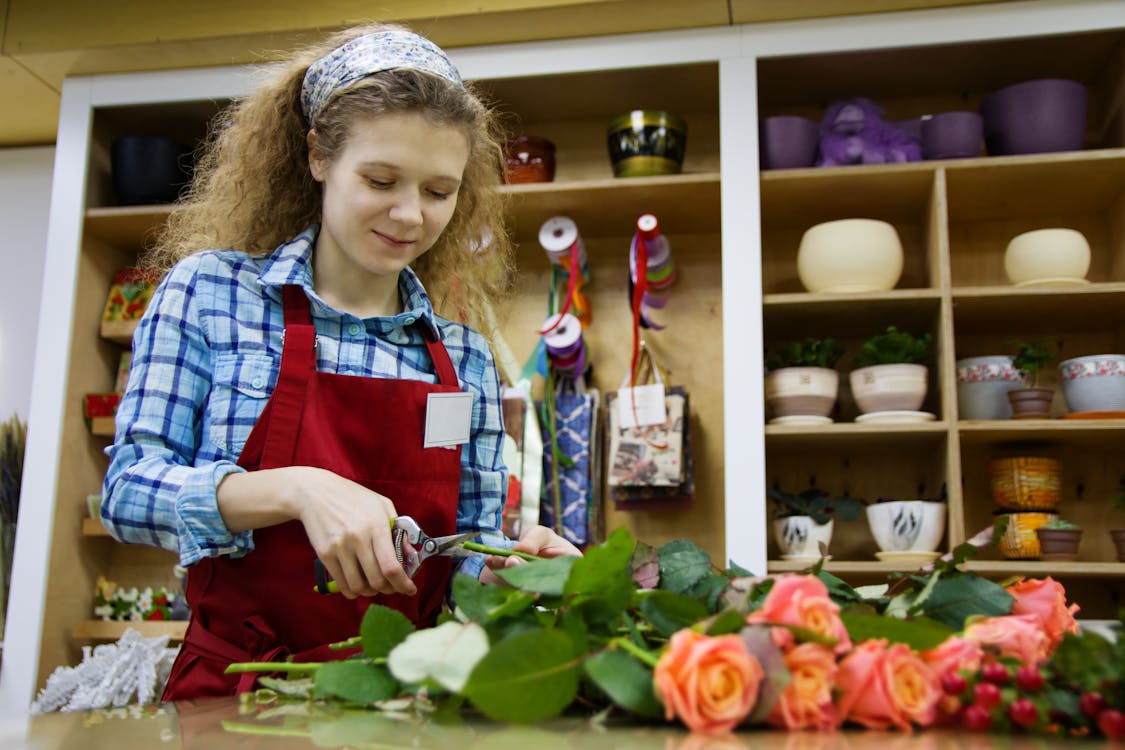Looking to enhance the beauty of your garden with vibrant roses? At Thuja Gardens, we understand the importance of proper care and maintenance to ensure your roses thrive. Whether you're a seasoned gardener or just starting out, mastering the art of pruning is essential for promoting healthy growth and abundant blooms. As you embark on this journey, allow us to guide you through the steps of rose pruning, empowering you to cultivate a flourishing garden.
Explore our wide range of plants, including Japanese maple, Thuja Green Giant, and more.
Pruning roses is both an art and a science. It's about more than just trimming away excess growth; it's about sculpting the plant to encourage new growth, improve air circulation, and stimulate flowering. Follow these step-by-step rose pruning tips to ensure your roses reach their full potential:
Understanding Your Rose Variety
Before diving into the pruning process, take some time to familiarize yourself with your rose variety's specific characteristics and needs. Roses come in various types, each with its own growth habits and pruning requirements. Here's a closer look at some common rose varieties:
1. Hybrid Teas:
Known for their large, elegant blooms, hybrid tea roses are popular in gardens and floral arrangements. These roses typically produce flowers on long stems and benefit from regular pruning to maintain their shape and encourage new growth.
When pruning hybrid teas, focus on removing old, spent blooms and shaping the plant to promote vigorous flowering.
2. Floribundas:
Floribunda roses are prized for their clusters of smaller but abundant blooms. These roses tend to have a more compact growth habit compared to hybrid teas, making them ideal for borders and mass plantings.
When pruning floribundas, aim to thin out crowded growth and remove any dead or diseased wood to maintain plant health and promote continuous blooming throughout the season.
Transform your garden into a botanical paradise with Thuja Gardens. Shop our selection of premium plants, including Thuja trees, green giant arborvitae, and more.
3. Climbers:
Climbing roses add vertical interest to gardens with their long, arching canes and abundant flowers. Unlike other rose varieties, climbers require less pruning to maintain their natural form. However, periodic pruning is still necessary to remove dead or damaged wood and encourage new growth along the canes.
When pruning climbers, focus on training the canes to grow in the desired direction, whether horizontally along a trellis or vertically up a wall.
4. Miniatures:
Miniature roses are petite versions of their larger counterparts, making them perfect for small gardens, containers, and borders. Despite their diminutive size, miniature roses still benefit from regular pruning to remove dead or weak growth and encourage compact, bushy growth habits.
When pruning miniature roses, pay close attention to maintaining an open, airy structure to allow sunlight and air circulation.
Discover the joy of gardening with Thuja Gardens. Explore our online store for a wide range of plants, including green giant arborvitae for sale and premium rose varieties.
Choosing the Right Tools

Pruning roses requires the right tools to ensure clean, precise cuts without damaging the plant. Here are some tools you will need for rose pruning:
1. Pruning Shears:
A pair of pruning shears with sharp bypass blades for clean cuts is a must-have for rose pruning. Avoid using anvil-style pruners, as they can crush delicate stems and increase the risk of disease. Look for shears with ergonomic handles for comfortable use during extended pruning sessions.
2. Loppers:
For thicker branches and stems, use loppers with long handles and sharp blades to make clean cuts with minimal effort. Loppers are ideal for removing larger branches and shaping the overall structure of the rose bush.
3. Pruning Saw:
In some cases, you may encounter thick, woody branches that cannot be easily cut with pruning shears or loppers. A pruning saw with a curved blade is perfect for tackling these tougher branches with precision and ease.
4. Gloves:
You would want to protect your hands from prickly stems and thorns by wearing a sturdy pair of gardening gloves. Look for gloves made from durable materials that provide both protection and dexterity for handling pruning tools and maneuvering through thorny rose bushes.
5. Disinfectant:
It is recommended that you disinfect all the tools you use in the process before and after using them. Simply wipe the blades with a solution of 70% isopropyl alcohol or a household disinfectant to kill any pathogens.
Ready to enhance your garden with beautiful roses and other stunning plants? Browse our selection of Japanese maple, Thuja Green Giant, and more.
Timing is Key
The timing of your pruning efforts can significantly impact the health and blooming of your roses. In general, aim to prune during late winter or early spring when the plant is dormant. This allows for optimal rejuvenation and reduces the risk of damaging new growth.
Remove Dead or Diseased Wood: Start by cutting away any dead, diseased, or damaged wood. Look for discolored or shriveled branches, as well as any signs of fungal growth. Removing these unhealthy elements not only improves the appearance of the plant but also prevents the spread of disease.
Prune for Structure: Next, focus on shaping the overall structure of the rose bush. Identify the strongest, healthiest canes and remove any weak or crossing branches. Aim for an open, vase-like shape that allows for ample sunlight penetration and air circulation throughout the plant.
Promote Airflow: Proper airflow is essential for preventing fungal diseases such as powdery mildew and black spots. Thin out the center of the rose bush by cutting away crowded or inward-facing branches. This opens up the plant, allowing air to circulate freely and reducing the risk of disease.
Encourage New Growth: To encourage vigorous new growth and prolific blooming, prune the remaining canes to an outward-facing bud. Make clean cuts at a 45-degree angle, about 1/4 inch above the bud. This promotes outward growth and prevents the center of the plant from becoming too dense.
Mulch and Feed: After pruning, apply a layer of organic mulch around the base of the rose bush to retain moisture and suppress weeds. Additionally, fertilize your roses with a balanced, slow-release fertilizer to provide essential nutrients for healthy growth and abundant flowering.

Pruning roses may seem daunting initially, but with the right knowledge and tools, it's a rewarding task that yields stunning results. Following these step-by-step tips, you can confidently prune your roses to promote healthy growth, abundant blooms, and overall vitality.
Remember to check out Thuja Gardens for all your gardening needs, from roses to Japanese maple and everything in between. Happy pruning!

